11 Infuriatingly Common Examples of Claim Denials
As an organization that has over 25 years of experience helping organizations streamline their revenue cycle, we’ve started to notice a bit of a pattern. Some denial reasons peak their head out more than others. So let’s discuss the top 11 most common examples of claim denials.
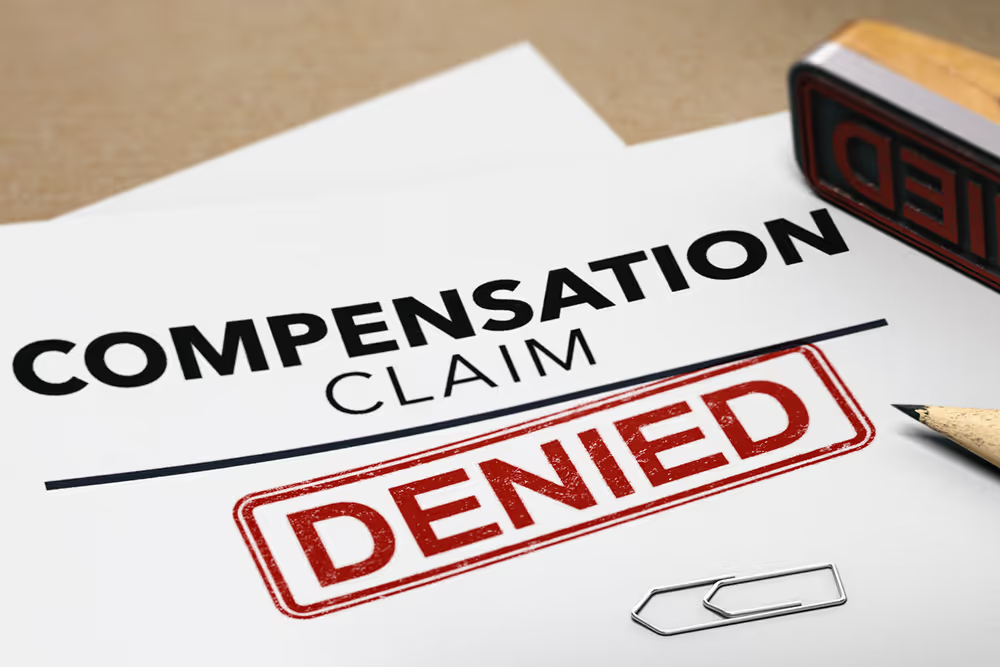
In 2022, the denial rate was 11% for medical claims. That’s about 110,000 unpaid claims in just one year. This will delay payments or lead to physicians not receiving any payments.
Understanding the reasons claims get denied is an important step in reducing claim denials.
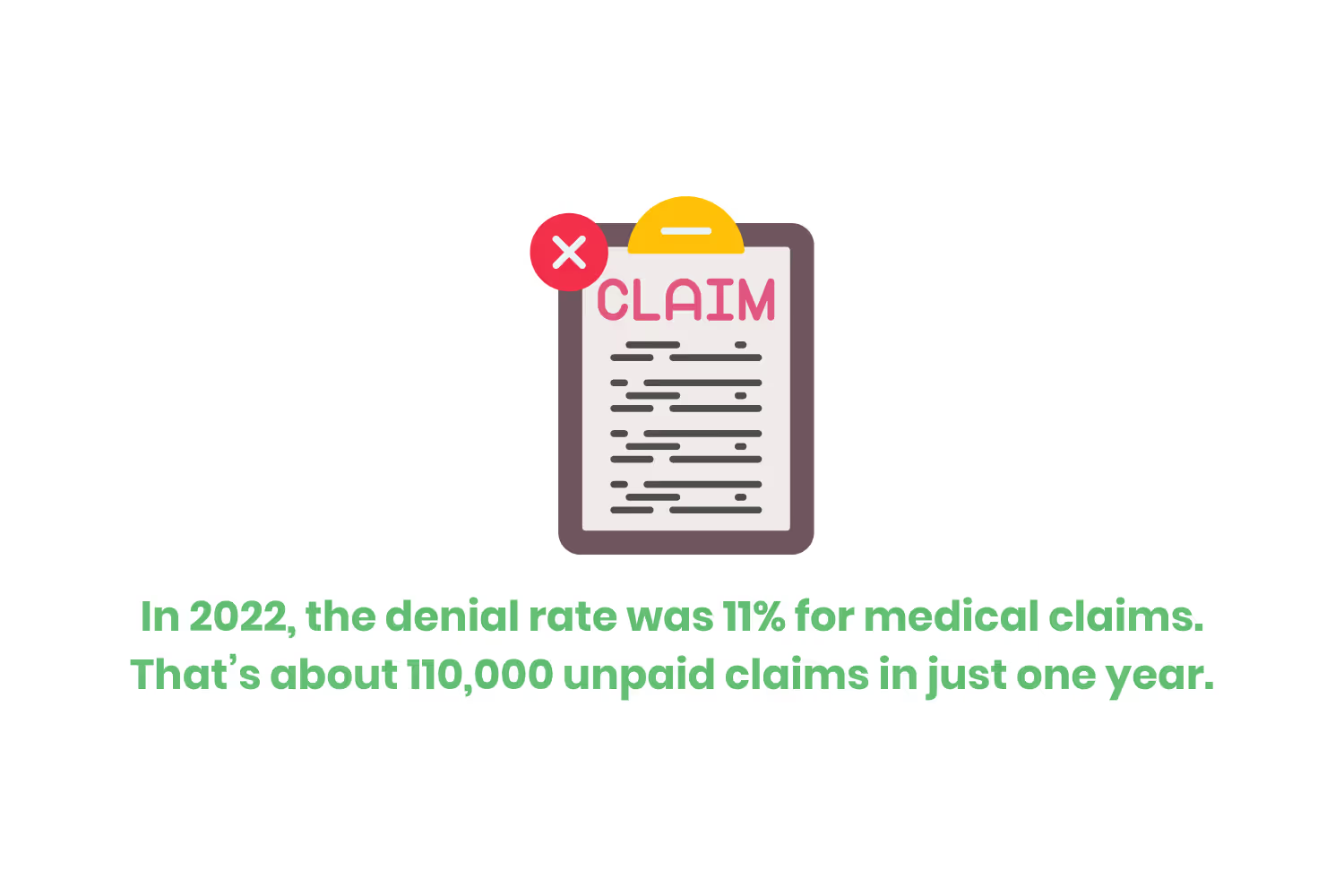
Luckily, insurance companies provide you with the reason why they aren’t accepting your organization’s claims. Thus, by understanding those claim denial reasons… it’s easier to reduce the amount of them you receive. You see, denial reasons point out to clear bottlenecks in your revenue cycle.
As an organization that has over 25 years of experience helping organizations streamline their revenue cycle, we’ve started to notice a bit of a pattern. Some denial reasons peak their head out more than others.
So let’s discuss the top 11 most common examples of claim denials.
Example 1: Prior Authorization
In 2022 over 46 million patients needed to get prior authorization before an appointment/procedure.
This can be an extensive process, and waiting for the authorization can be annoying for lack of a better term. But if the service gets completed before receiving prior authorization, the claim will get denied, leaving the patient to pay for the full bill. Requiring a patient to pay for a bill in full isn’t what you want to try to capture revenue.
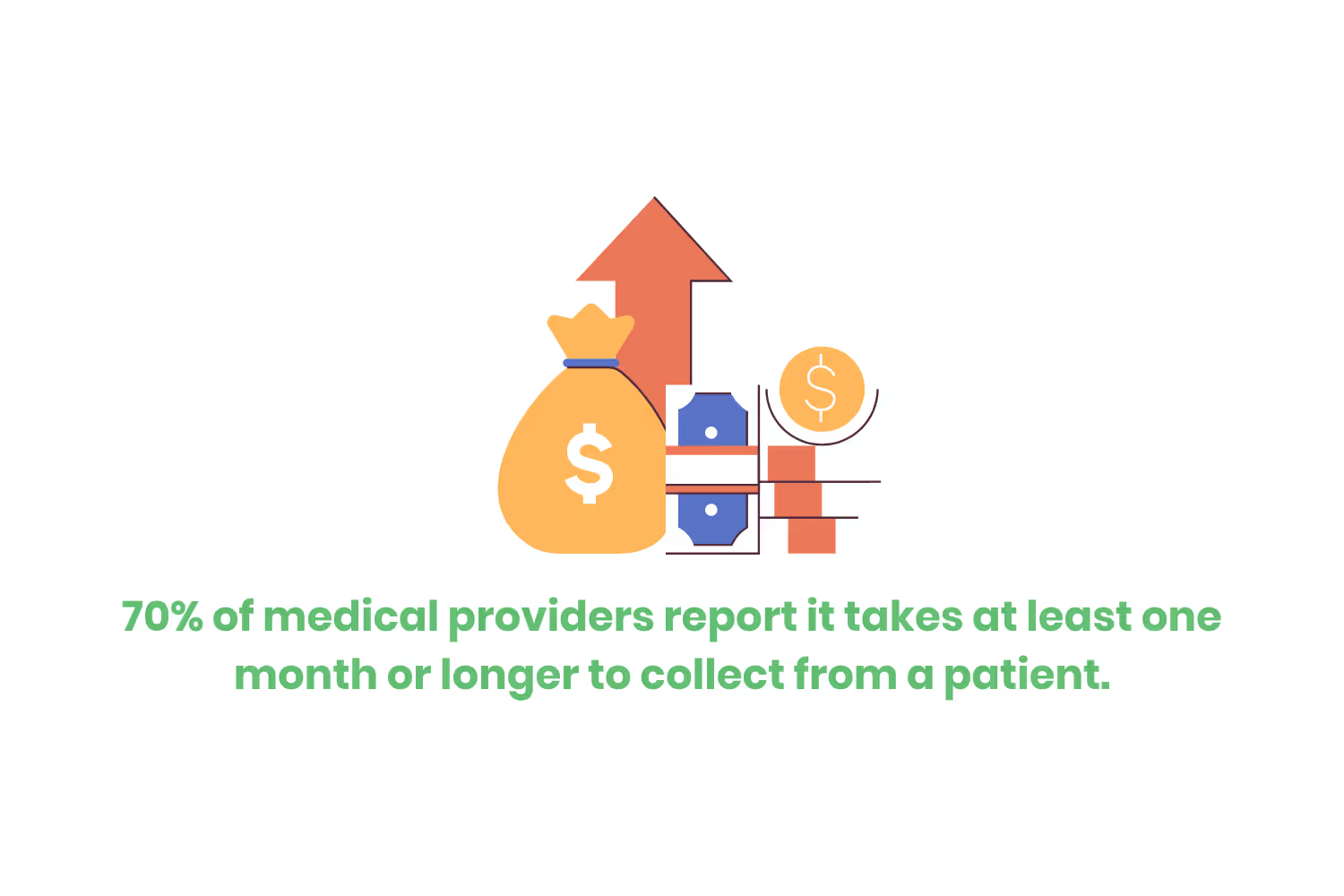
Especially when you hear that 70% of medical providers report it takes at least one month or longer to collect from a patient.
Every patient’s coverage is different, but here are the most common services that might need prior authorization:
- Non-Emergency Surgeries like…
- Cosmetic Surgery
- Joint Replacement
- Physical therapy
- Home Health
- Some Imaging Tests like…
- CT
- MRI
- Home Health Care
- Medical Devices
Having full documentation of the medical concerns can help the prior authorization get approved quicker.
Example 2: Out-of-Network Provider
I'm sure we have all experienced calling our insurance provider to find a new doctor, waiting on hold for what seems like forever, only to find out the medical professional we want to see isn’t in-network.
You see, all medical facilities have contracts with insurance companies, and these contracts will determine if they’re covered by the insurance company.
A provider being in-network has a contract with a particular insurance company. Allowing patients to receive coverage from the insurance company. If a provider is out-of-network, it would mean that the insurance company doesn’t have a contract with the insurance company. Making the patient pay completely out of pocket for the procedure/service.
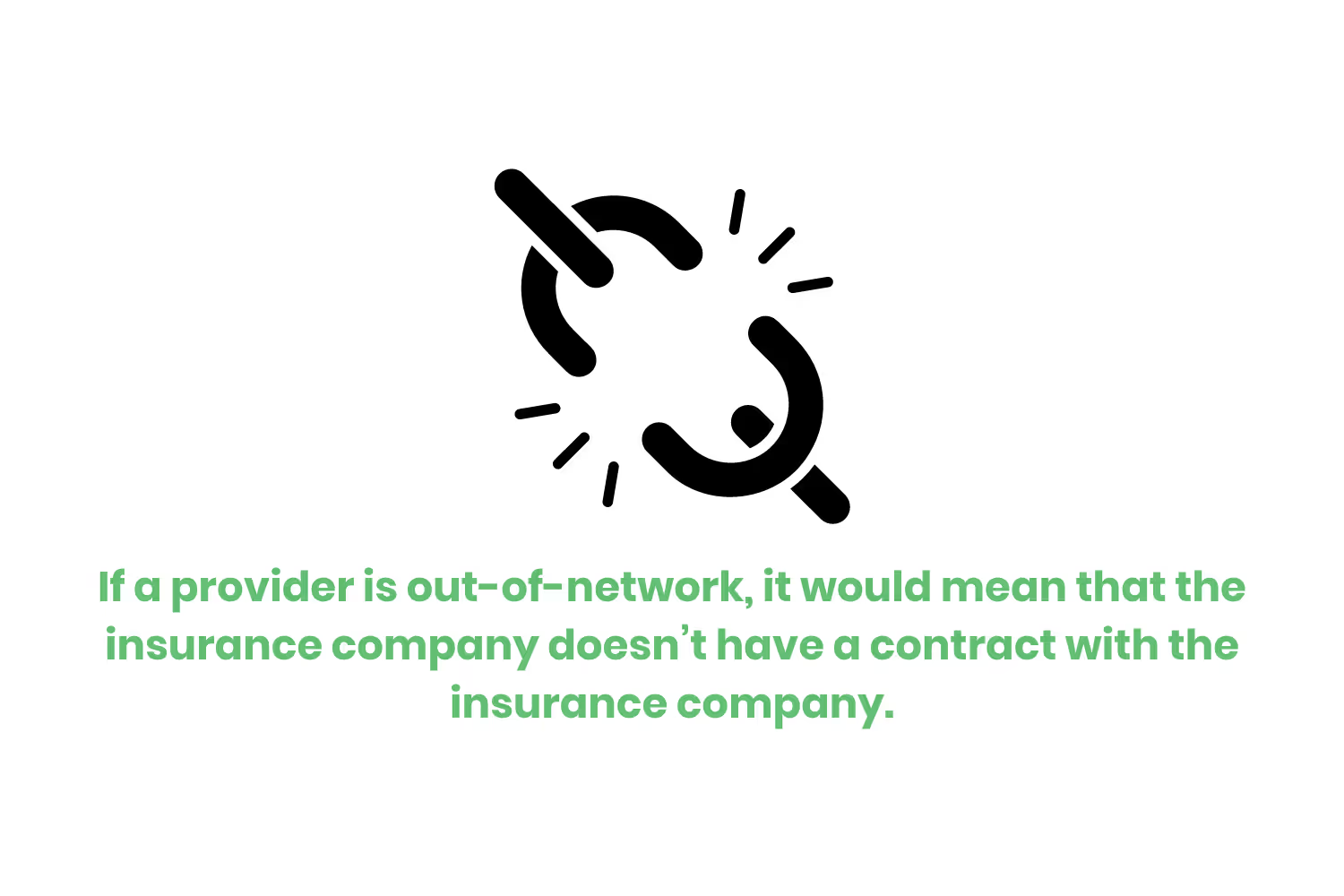
Let's break it down with an example, imagine you’re a general physician. You have an appointment with a patient who mentions their chronic back pain. Thus, you refer them to a chiropractor for treatment on their back.
Once the patient visits that specialist, the billing department gets a denial code as that specialist was out-of-network. To avoid this scenario from happening, it’s important to make sure that the specialist you refer patients to is in-network with the patient’s insurance.
You can check their provider and see what specialist would be in-network before providing an approval…also known as a prior authorization!
Example 3: Error in The Claim
According to the AAPC, 24% of claims get denied due to an error in the claim. After the patient has their appointment, detailed notes and the patient's information go to the billing department.
When the billing department receives these, they start associating the services with the current procedural technology (CPT) codes.

This is where errors can occur, like…
- Associating the wrong code with the procedure
- Making an additional claim
- Missing information
When the insurance company finds an error they will return the claim to the billing department and await an updated claim.
A way to avoid any claims is to use a clearinghouse (like us), this third-party organization will “scrub” the claim looking for any errors. This ensures when the insurance company receives the claim it is correct and will keep the process moving forward.
Example 4: Inaccurate Patient Information
Many mistakes that can occur throughout the process that will cause the whole process to get delayed.
Inaccurate information could be:
- Any errors in patient information
- Policy information
- Medical history
To show how much this could affect the billing process, let's walk through another example. A patient comes to the physician's office, fills out the new patient form and gives it to the receptionist. The receptionist takes that information and enters it into the system, but misspells the patient's name (believe it or not, this happens quite a bit). The receptionist doesn’t catch the error and after the patient's appointment, all the information goes to the billing department.
The billing department continues the process without catching this error. Once the insurance company receives the completed claim, they deny it due to inaccurate spelling of the patient's name. That denial then gets sent back to the billing department. This small error can cause a large delay in the billing process.
Example 5: Non-Covered Services/Procedures
Similarly to specific providers not falling under coverage, there are certain procedures that insurance companies don’t cover as well. Identifying what services aren’t covered can make the billing process go smoother.
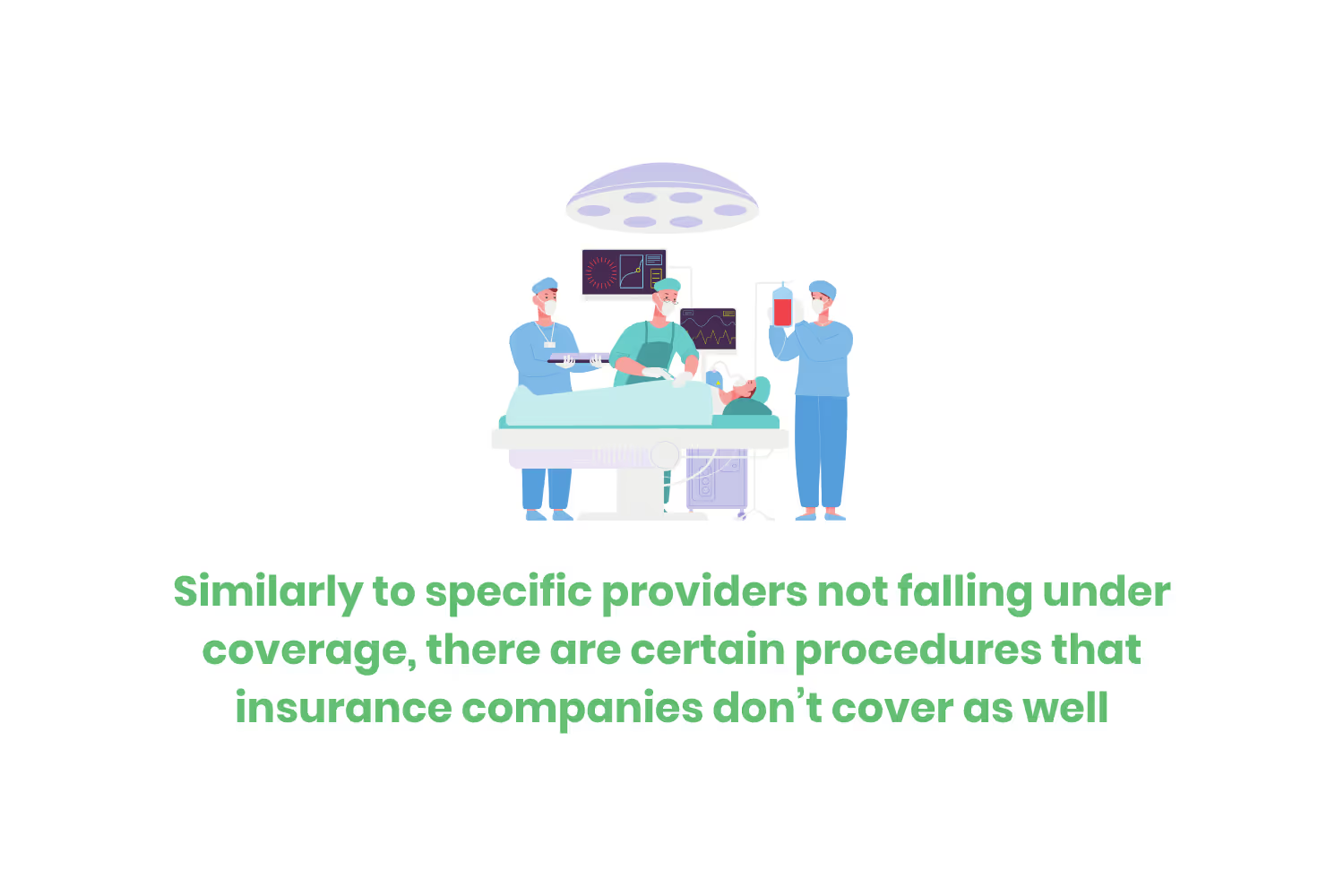
Some of these services have coverage, but it depends on the insurance provider. In most cases, though, the following services go uncovered:
- LASIK
- Some Prescription drugs
- Fertility Treatments
If the billing department sends the claim assuming coverage to the insurance company, it could come back to the department as a denial. This would be because the service wasn’t covered. By confirming if the service or procedure will get covered before the service gets completed. It will ensure clear communication with both the billing department and the insurance company.
Example 6: Claim Filed After The Timely Filing Deadline
This may be the easiest and most common denial code to occur, as insurance companies all have different deadlines for claims.
Most companies require claim submission within 90 days of the procedure/appointment. It’s very important to confirm the deadline with the insurance company to help ensure approval.
If you file the claim after the deadline you will receive the denial code (CO 29). If you file the claim before the deadline it gets denied for a different reason. There’s also a deadline for you to appeal denied claims.

Example 7: Insurance Company Lost The Claim
Sometimes claims get lost during their transition. If the claim gets lost and doesn’t get resubmitted before the timely filing limit deadline…the insurance company will deny the claim.
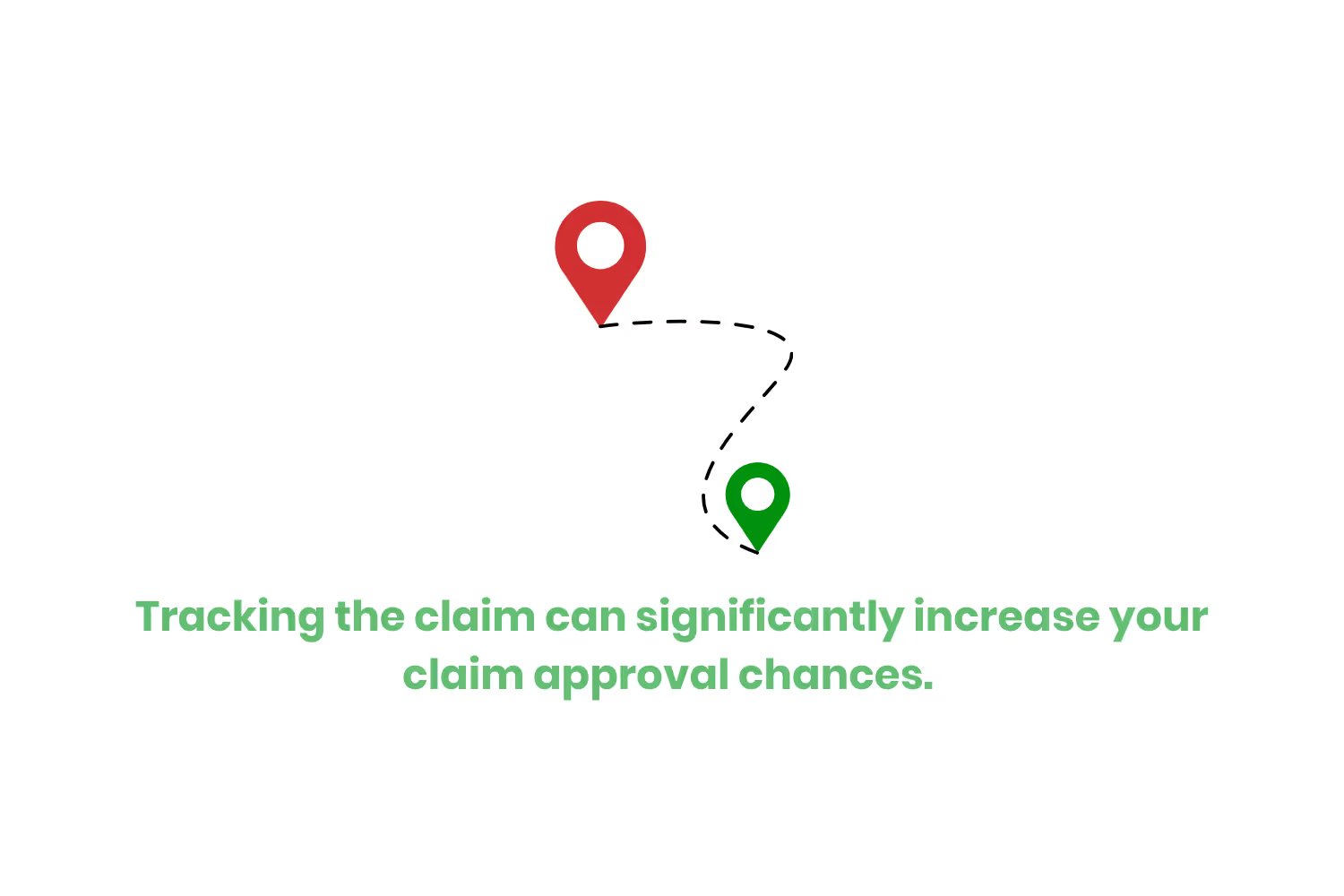
How can medical claims get lost?
- Poor Communication
- Missing/ Incorrect Information
- System Errors
- Mailing Errors
Tracking the claim to ensure its arrival at the insurance company might seem like a small aspect…but it can significantly increase your claim approval chances. Luckily, claim tracking doesn’t have to be a manual task, either. The right clearinghouse partner (like us) has this feature included.
Example 8: Pre-Existing Conditions
Before the Affordable Care Act, insurance companies had a right to deny coverage due to a pre-existing condition.
The Affordable Care Act made it impossible for insurance companies to deny claims due to a pre-existing condition.
It’s important to mention that if you had a submitted claim about the condition before the Affordable Care Act, the insurance company does have the right to deny the claim. But…the Affordable Care Act came out way back in 2010 so the odds of this point being relevant today is very low.

In any case, it’s important to know when insurance companies have a right to deny the claim.
If they can deny coverage here are some examples of pre-existing conditions that insurance companies could deny:
- Cancer
- Asthma
- Diabetes
The denial code would be CO 15, this is a very rare denial reason but it still can occur.
Example 9: Policy Cancellation
A policy cancellation isn’t as frequent of an error, but it’s still important to understand what you can do. If the billing department doesn’t check to see if the patient's insurance is still active, and still submit the claim, you may face a claim denial due to the policy cancellation.
Here are some reasons an insurance company will cancel your policy:
- Failed Payments
- Putting False Information in the Insurance Application
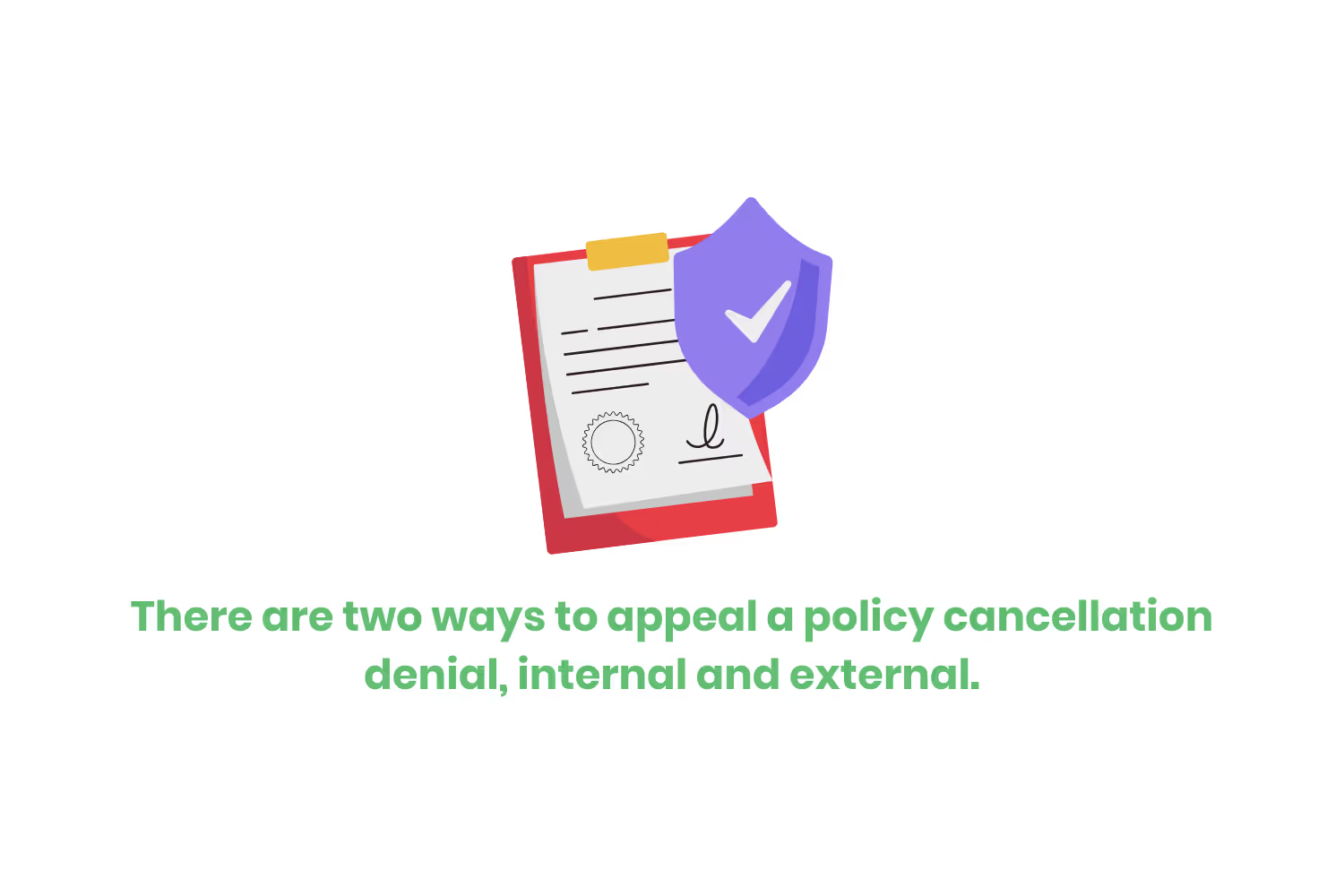
If the insurance company determines they need to cancel the policy, they must give a 30-day notice before the cancellation.
There are two ways to appeal this type of denial, internal and external. Internal appeal is when the insurance company reviews the reason for the cancellation and determines if it is a fair decision.
An external appeal is when a separate organization reviews the reason and then determines whether it’s fair or not. It’s important to get the appeal started to start the appeal process as soon as possible.
Example 10: Duplicate Claim
Duplicate claims are those that contain the same information as one previously submitted by the billing department. Duplicate claims denials can be a very aggravating error to see since you now have to figure out why there’s a duplicate. Most of the time duplicate claims occur due to not communicating with co-workers in the claim process.
Duplicate Claims can include:
- Matching Date of Service
- Provider Information
- Type of Bill
- Current Procedural Technology (CPT) Codes
- Matching Total Bill
If the insurance companies receive a claim with multiple duplications, they will receive the denial code (CO 18).
Example 11: Missing Information
15% of denials are because of missing information. When you first read that statistic, that might not seem like a large amount.
But to reiterate, denials mean that these claims went through the entire claim process, only to receive a denial.

If an insurance company receives a claim with missing information it will go straight back to the billing department…usually with a CO 252 code attached to it.
With the help of a clearinghouse to scrub the claims, they would have caught the missing information and sent it back to the billing department.
Conclusion
The claim submission problem seems straightforward, but there are a lot of moving parts. Those moving parts are the main reason why denials occur.
There are many different best practices you could implement at your organization today, but the best way to avoid most of these denials is to hire a third-party clearinghouse.
They can review the claims before the insurance company reviews them. Making sure your employees are thorough when submitting a claim will also help reduce the denials.
Emphasize your product's unique features or benefits to differentiate it from competitors
In nec dictum adipiscing pharetra enim etiam scelerisque dolor purus ipsum egestas cursus vulputate arcu egestas ut eu sed mollis consectetur mattis pharetra curabitur et maecenas in mattis fames consectetur ipsum quis risus mauris aliquam ornare nisl purus at ipsum nulla accumsan consectetur vestibulum suspendisse aliquam condimentum scelerisque lacinia pellentesque vestibulum condimentum turpis ligula pharetra dictum sapien facilisis sapien at sagittis et cursus congue.
- Pharetra curabitur et maecenas in mattis fames consectetur ipsum quis risus.
- Justo urna nisi auctor consequat consectetur dolor lectus blandit.
- Eget egestas volutpat lacinia vestibulum vitae mattis hendrerit.
- Ornare elit odio tellus orci bibendum dictum id sem congue enim amet diam.
Incorporate statistics or specific numbers to highlight the effectiveness or popularity of your offering
Convallis pellentesque ullamcorper sapien sed tristique fermentum proin amet quam tincidunt feugiat vitae neque quisque odio ut pellentesque ac mauris eget lectus. Pretium arcu turpis lacus sapien sit at eu sapien duis magna nunc nibh nam non ut nibh ultrices ultrices elementum egestas enim nisl sed cursus pellentesque sit dignissim enim euismod sit et convallis sed pelis viverra quam at nisl sit pharetra enim nisl nec vestibulum posuere in volutpat sed blandit neque risus.

Use time-sensitive language to encourage immediate action, such as "Limited Time Offer
Feugiat vitae neque quisque odio ut pellentesque ac mauris eget lectus. Pretium arcu turpis lacus sapien sit at eu sapien duis magna nunc nibh nam non ut nibh ultrices ultrices elementum egestas enim nisl sed cursus pellentesque sit dignissim enim euismod sit et convallis sed pelis viverra quam at nisl sit pharetra enim nisl nec vestibulum posuere in volutpat sed blandit neque risus.
- Pharetra curabitur et maecenas in mattis fames consectetur ipsum quis risus.
- Justo urna nisi auctor consequat consectetur dolor lectus blandit.
- Eget egestas volutpat lacinia vestibulum vitae mattis hendrerit.
- Ornare elit odio tellus orci bibendum dictum id sem congue enim amet diam.
Address customer pain points directly by showing how your product solves their problems
Feugiat vitae neque quisque odio ut pellentesque ac mauris eget lectus. Pretium arcu turpis lacus sapien sit at eu sapien duis magna nunc nibh nam non ut nibh ultrices ultrices elementum egestas enim nisl sed cursus pellentesque sit dignissim enim euismod sit et convallis sed pelis viverra quam at nisl sit pharetra enim nisl nec vestibulum posuere in volutpat sed blandit neque risus.
Vel etiam vel amet aenean eget in habitasse nunc duis tellus sem turpis risus aliquam ac volutpat tellus eu faucibus ullamcorper.
Tailor titles to your ideal customer segment using phrases like "Designed for Busy Professionals
Sed pretium id nibh id sit felis vitae volutpat volutpat adipiscing at sodales neque lectus mi phasellus commodo at elit suspendisse ornare faucibus lectus purus viverra in nec aliquet commodo et sed sed nisi tempor mi pellentesque arcu viverra pretium duis enim vulputate dignissim etiam ultrices vitae neque urna proin nibh diam turpis augue lacus.



![[ANSWERED] What is a Long-Term Care (LTC) Pharmacy](https://cdn.prod.website-files.com/67e2b8210878abcba6f91ae6/68d687806a075a1cf64659b0_WhatisLongTermCarePharmacy_925.avif)
